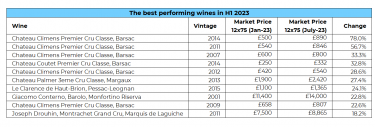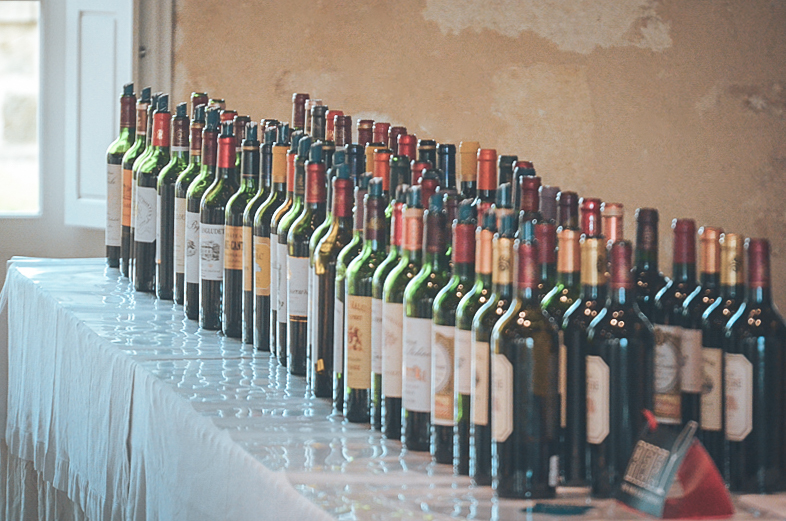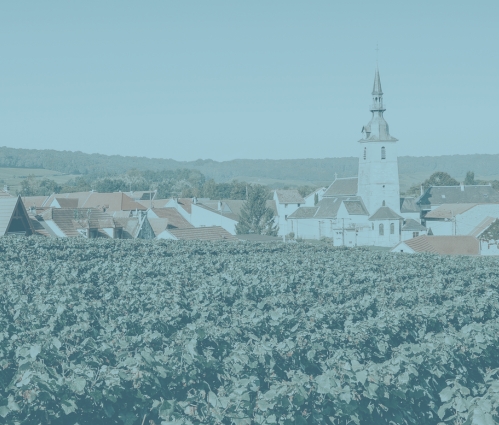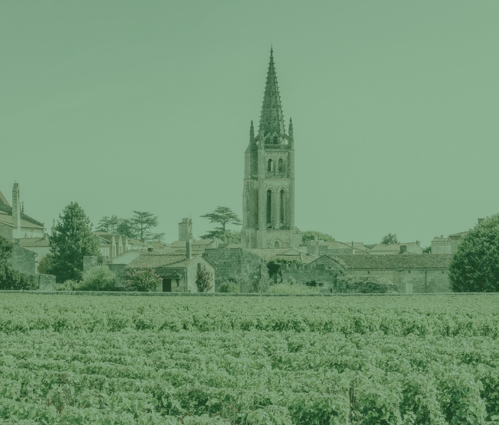- The fine wine market softened in H1 2023 amid a complex economic landscape, creating opportunities for savvy investors to purchase well-priced stock.
- The 2022 Bordeaux En Primeur campaign stimulated demand for older Bordeaux vintages, which in turn pushed their prices.
- Sweet Bordeaux dominated the best-performing wines in H1 2023, with Château Climens 2014 claiming the top spot.
Market overview
The first half of 2023 brought a mixed bag of developments for the fine wine market, with interesting shifts underway. Amid a complex economic landscape, the market softened, creating opportunities for savvy investors to purchase high-quality stock at appealing prices. Major fine wine indices experienced a minor slump when calculated in sterling but remained steady in other currencies.
Meanwhile, the 2022 Bordeaux En Primeur campaign generated excitement among critics and buyers due to the high quality of the wines, yet its pricing underlined the value that back vintages offer. Indeed the majority of the best-performing wines so far this year have been older Bordeaux vintages, with two exceptions.
The top performers so far this year
While major fine wine indices have experienced a slowdown, demand remains robust and some wines have continued to overdeliver. The table below shows the best performers in H1 2023, which have all risen between 18% and 78%.

Five out of the top ten spots, including the prime position, have gone to Château Climens. Much of this stellar growth happened in the last quarter. Back vintages saw increased demand, following the 2022 En Primeur release, which was offered with a 139.4% increase on the 2016. Château Climens has also been one of the best-performing Bordeaux brands so far this year, according to Wine Track, rising 36%.
Another wine from Barsac, Château Coutet 2014, has also risen an impressive 32.8% in value over the past six months, cementing the prevalence of sweet Bordeaux among the biggest risers. It seems that a category often overlooked has come to the investment spotlight in 2023, replacing the stars of 2022 – Burgundy and Champagne.
The sixth and seventh spots went to red Bordeaux, with Château Palmer 2013, up 27.4%, and Le Clarence de Haut-Brion 2015, up 24.1%.
The exceptions to the Bordeaux-themed half were Giacomo Conterno Barolo Monfortino Riserva 2001 (22.8%) and Joseph Drouhin Montrachet Grand Cru Marquis de Laguiche 2011 (18.2%).
To find out more about the most recent developments in the fine wine market, download our Q2 2023 wine investment report.
WineCap’s independent market analysis showcases the value of portfolio diversification and the stability offered by investing in wine. Speak to one of our wine investment experts and start building your portfolio. Schedule your free consultation today.




